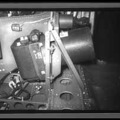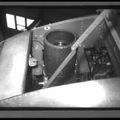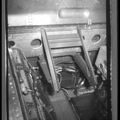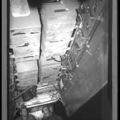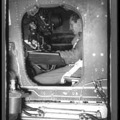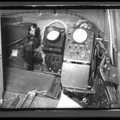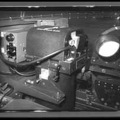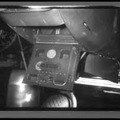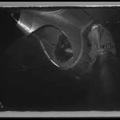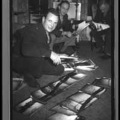Aerial Reconnaissance
This soon opened a whole new line of applications for Edgerton to explore and a whole new value network for his technology. Without doubt, Edgerton’s imagination and free spirit as well as the technical curiosity, which was highly nurtured by the atmosphere and people of MIT, made him highly successful during the war years.
Both Compton and Killian were faced with the challenge of reversing the direction of research from military applications to pure research. Compton started a very strict re-deployment for peace, which affected Edgerton as well as Germeshausen and Grier. Their unofficial partnership was asked to change into a corporation serving mainly the government, specifically the Atomic Energy Commission.
In his unpublished autobiography, Edgerton narrates this decision as:
After the war, the then Atomic Energy Commission (AEC) requested MIT to set up a comprehensive test system at Eniwetok Island with Grier in charge. MIT said “No,” why not have the partners (Edgerton, Germeshausen and Grier) form a corporation to do the job? This was done and as a consequence, EG&G, INC. was started in 1947.8
Bernard O’Keefe, a later partner to EG&G, also talks about the formation of the corporation as a result of MIT’s focus on pure academic research in his book Nuclear Hostages, 1983:
At the time, most of the MIT faculty was back in force, ready to resume teaching and nonmilitary research. MIT and other universities had had a gutful of military research. When the MIT director of research programs heard about the proposed tenfold expansion of our little project [firing of nuclear bombs], he balked, saying that MIT was trying to get out of military research, not into it. He suggested to Grier he and his partners form a corporation to take over the government business and move it off campus. Edgerton and Germeshausen did not care much one way or the other, but Grier thought it was a great idea, so the corporation Edgerton, Germeshausen and Grier Inc, was formed. (p.126-7)
But despite the incorporation of the company, Edgerton was still as active on the MIT front as he used to be. His desire to teach and discover more did not go away and was even more supported by the variety of things he worked on during the war. The scale of his projects had increased immensely.
Read more: Harold E. Edgerton in World War II by Roozbeh Ghaffari, Ozge Nadia Gozum, Katherine Koch, Amy W. Ng, Hua Fung Teh, and Peter Yang.


